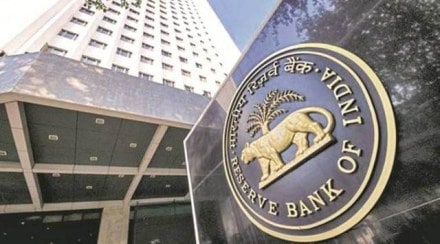The Reserve Bank of India (RBI) has allowed the use of Digital Lending Guarantees (DLG) or FLDGs as they are popularly known, for commercial banks, co-operative banks, NBFCs and HFCs. This means they can work with fintechs to lend to customers they have not reached so far.
FE Bureau decodes the impact of FLDGs
What is an FLDG?
A first loan default guarantee, or FLDG, is a legally-enforceable contract, typically between an RBI-regulated entity (RE) and a fintech. The fintech promises to compensate the lender for a pre-determined loss incurred in the event of a loan default. The RBI has capped this guarantee at 5%. Any other similar implicit guarantee linked to the performance of the loan portfolio of the RE and specified upfront, would also be covered under the definition of DLG.
Also read: Khadi and Village industries register a 332 per cent growth in sales revenue over nine years
An RE can enter into such an agreement only with a Lending Service Provider (LSP) or another RE with which it has entered into an outsourcing arrangement; the LSP providing the DLG must be incorporated as a company under the Companies Act, 2013.
Will lenders be content
with a 5% FLDG?
The 5% cap on guarantee for the loan portfolio is probably smaller than lenders might have wished for even though they earn high yields on these loans and adding customers. They would be compelled to do careful appraisals as the risks of disbursing unsecured loans to borrowers, who otherwise are not well-rated, are high.
Before the regulator banned FLDGs last year—when it felt lenders were taking on too much risk on their balance sheets—some fintechs were offering huge guarantees that, on occasion, were 100% of the loan value. On average, however, the size of the guarantee was 25-30%. Much will depend on how the Account Aggregator mechanism takes off; with high-quality data at their disposal, helping them to appraise borrowers better, NBFCs and banks may be content to lend with only a 5% FLDG.
Will unrated borrowers gain?
Yes, the move will spur lending to those borrowers who are currently not reached by the organised lenders. This is because the ecos-system will get a lot more transparent.
At the same time, the banking regulator will have a lot less to worry about—earlier, it was concerned that many NBFCs were “renting out their balance-sheets.”
Also read: IRB Infra May toll collection jumps 20 per cent on continued momentum
Will interest rates come down?
The new regulations, together with the Account Aggregator mechanism, could bring in more lenders who team up with fintechs. While demand for credit is high—which is the reason for very high loan rates—more lenders and greater competition might soften the loan rates. However, for loan rates to come off, the default rates too need to be low; for this to happen, the quality of the data and loan appraisal must be good.
How will a smaller FLDG help the borrower?
For fintechs, providing an FLDG will mean incurring a cost since the guarantee must be provided by way of cash deposited with the lender, fixed deposits maintained with a scheduled commercial bank with a lien in favour of the lender or a bank guarantee favouring the lender.
These costs incurred by the fintech are built into the interest rate charged to the borrowers, who already pay very high rates.
Had the FLDG cap been higher than what the RBI has fixed, the cost for the fintechs and, in turn, the customers would have been driven up.
How do the rules help lenders?
The new guidelines from the banking sector regulator are aimed at protecting NBFCs and banks that are disbursing unsecured credit. These are expected to usher in discipline. Lenders must do a fresh appraisal of the loans each time they enter into or renew a contract for an FLDG.
Fintechs providing the FLDG must furnish an audited statement on the total value of guarantees provided, the numbers of entities to which they have been provided as also the respective loan portfolios. They must also declare the historical default rates on similar loan portfolios.
